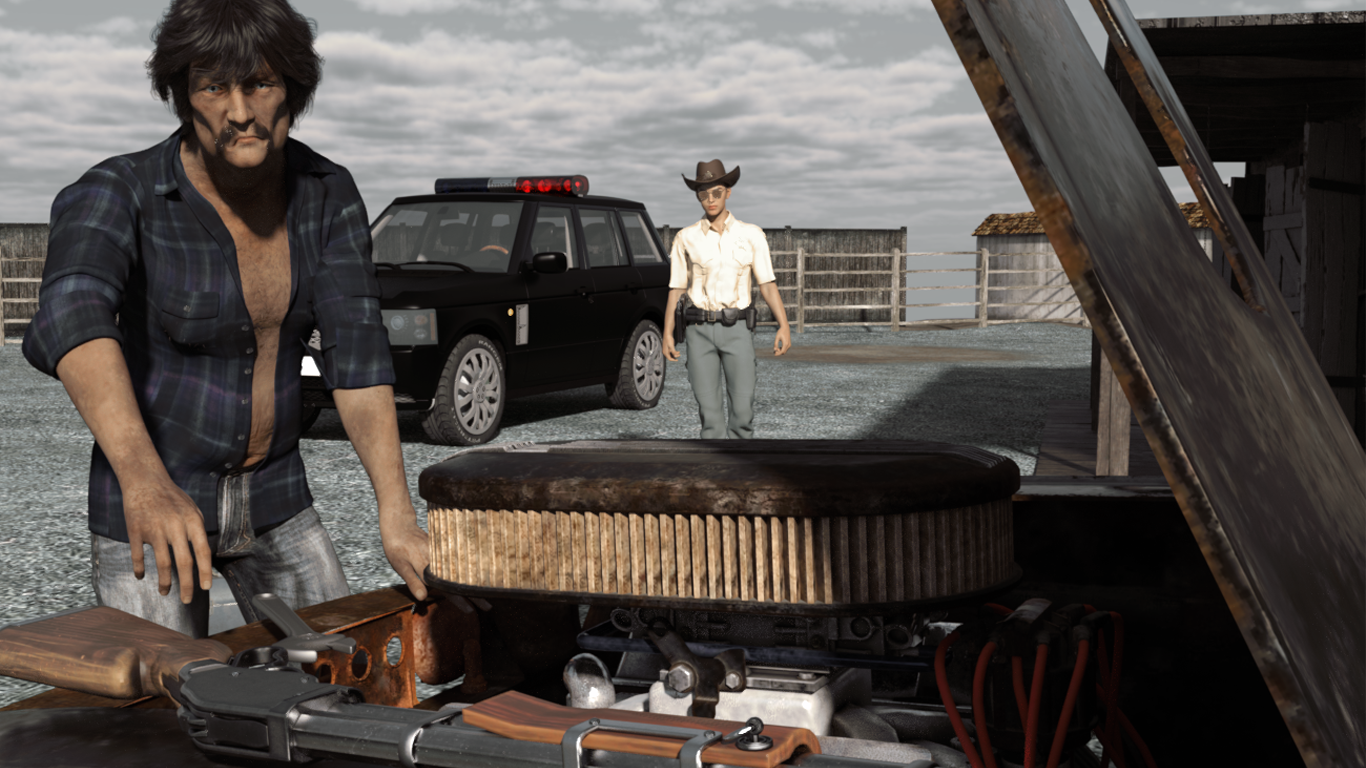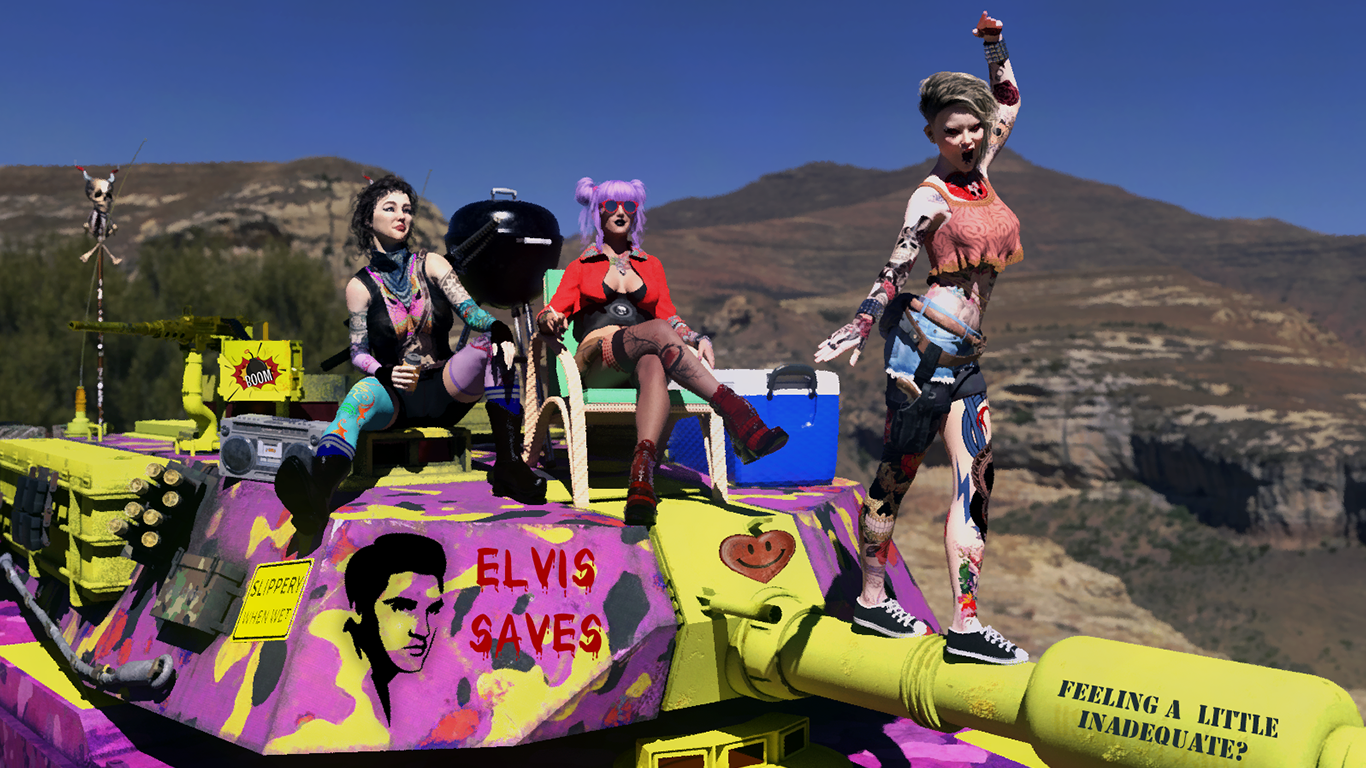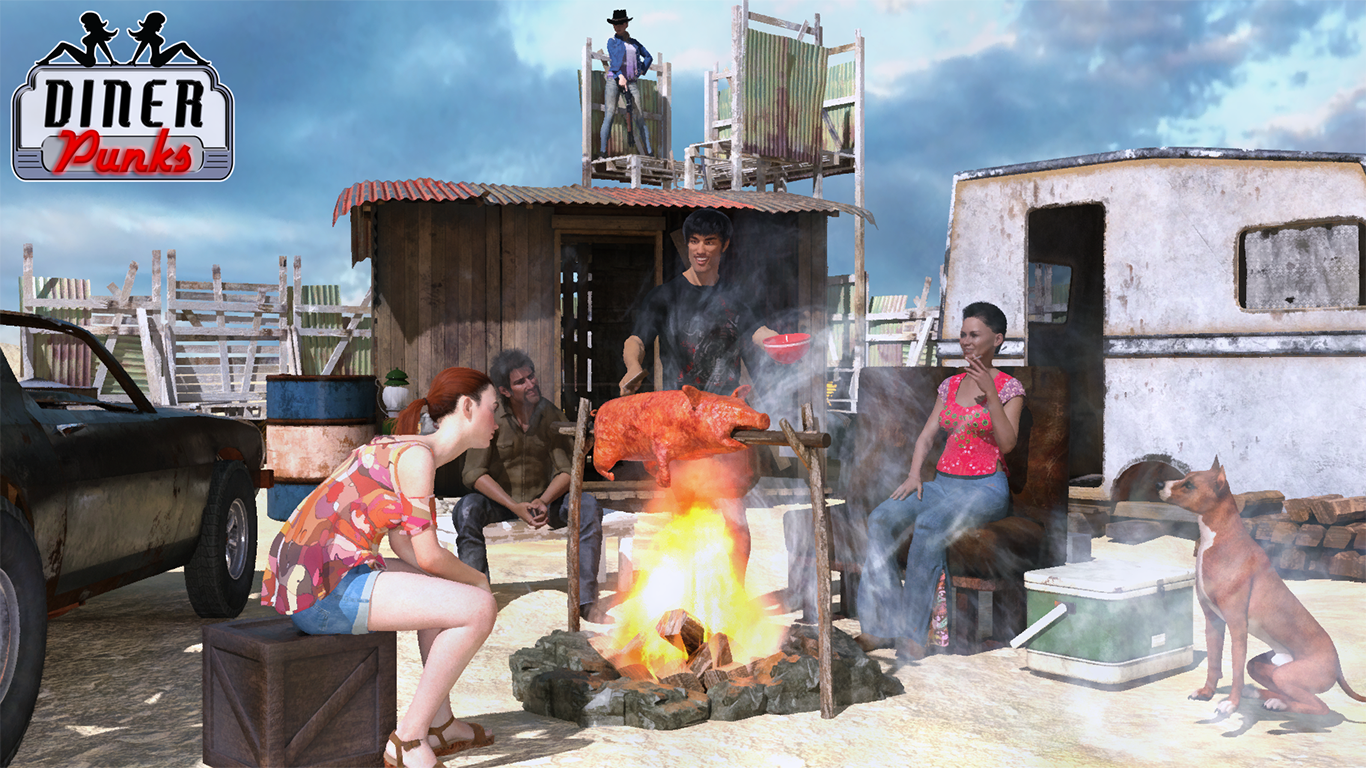We may earn money or products from the companies mentioned in this post.
All Games Considered spent most of a recent show reviewing a whole bunch of Hex products. If you’re on the fence or want to know more about a particular QAGS book, there’s a good chance they mention it in the podcast.
What follows was written for a sort of game essay contest for a blog that I won’t be linking here. My topic for the first round was: “Monster and Encounter Design (How to make it memorable? Is ‘memorable’ even the aim? How to make them good? etc)”
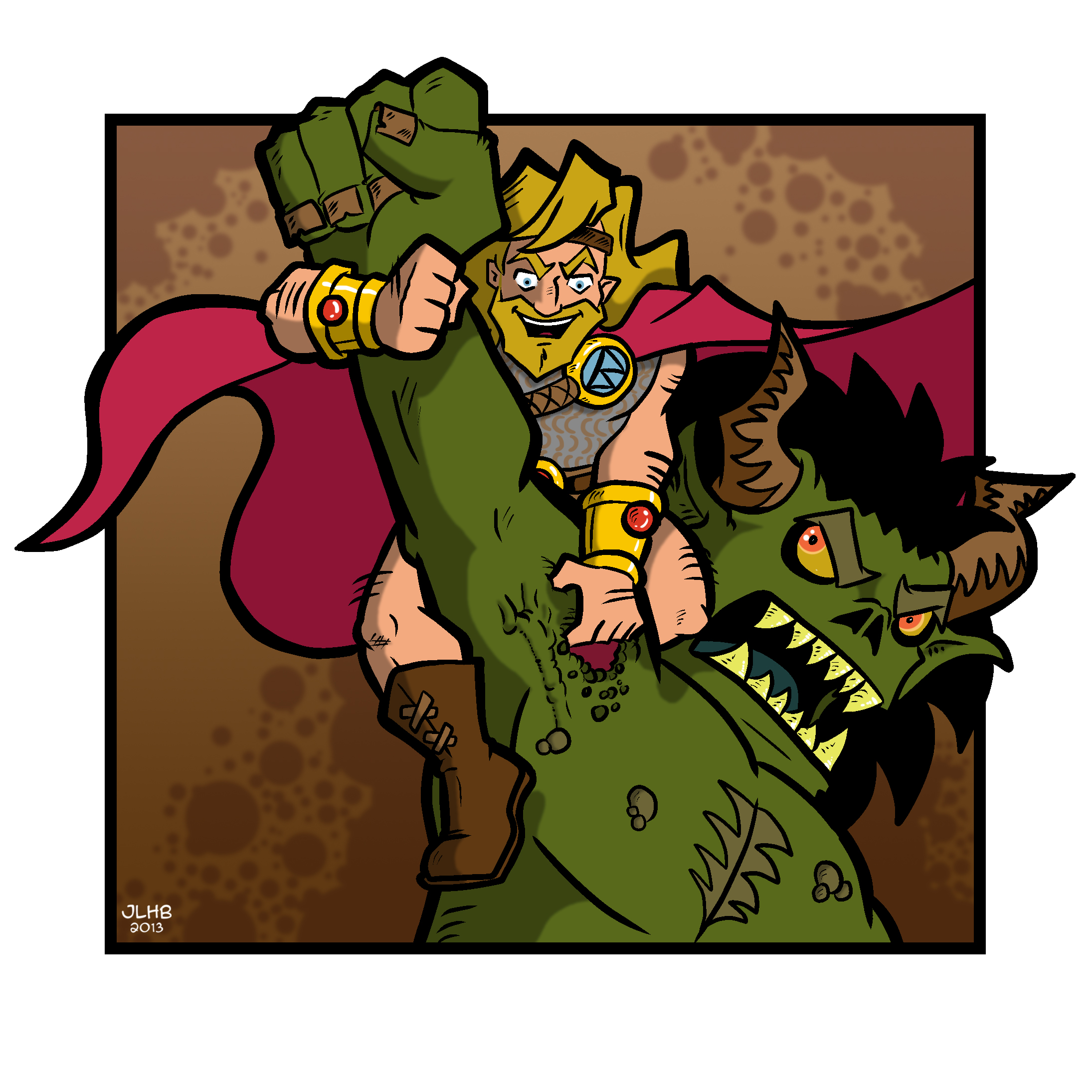 Here’s what I wrote:
Here’s what I wrote:
“Memorable” isn’t something the GM can create, it’s something that happens in play. A throwaway scene that the GM just pulled out of nowhere to fill time can be the most memorable scene of a campaign, while an elaborately plotted scene can be forgotten by the next week. It’s all a matter of what the players grab onto during the scene, what they do with it, and sometimes what they roll. That being the case, I’m going to ditch the idea of trying to make an encounter memorable in favor of some nebulous definition of “good” that includes elements with a high potential for memorability (which, at least according to the Google Docs spellchecker, seems to be an actual word).
For me, the thing that always makes a encounter seem “good” is context, which needs to work on a couple of different levels. On the meta level, it needs to feel like the encounter does something to move the story along, whether it’s giving the party information, moving them one step closer to the goal, or just helping the story flow by providing some tension when things get boring or a break in the action when things get too tense. If you’re watching a movie or TV show, you can often tell if a scene was just added to stretch out the run time, show off a special effect, or get Christopher Walken’s name on the poster, and noticing it makes the movie less enjoyable. With encounters that aren’t plot points, the biggest challenge is knowing when to include them and when to throw them out or hand wave them. If the party has already beaten the level boss, making them wade through a bunch of low-level cannon fodder that can’t hurt them and don’t add anything new to the story just makes it feel like you’re delaying their victory party unless you’ve specifically set up a “it’s getting back out that’s the hard part” situation. If the last hour of the game is spent in a series of boring fights with small bands of half-starved kobolds, the players are more likely to forget the really cool battle with the minotaur by the time the session’s over.
The other level is the setting level: the encounter needs to feel like it belongs there. Things that are part of the story will already have reasons for being there, but even incidental or unplanned encounters (like surprise ninja attacks to get a group that’s dithering to start moving again or wandering monsters) need to feel like they make sense. If an encounter doesn’t seem plausible, it’s going to feel like a plot point, so you need to be prepared for when the players realize that there traditionally aren’t any ninjas in Rivendell and start trying to figure out where the guys in black pajamas came from. Even if the players take a “eh, ninjas, what can you do?” attitude and don’t pursue the anomaly, it doesn’t hurt to throw in something later that helps explain where it came from. The more encounters interconnect with one another and the setting, the more alive the setting will feel.
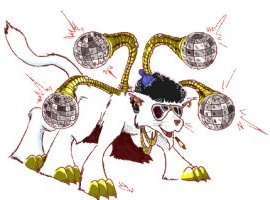 My personal solution for making sure that encounters feel like they have context is not to think in terms of encounters. The typical gaming definition of “encounter”–when the players arrive at location X, event Y will happen–is static, which makes the world seem less like a living setting and more like a diorama that only comes to life when the players are there to see it. Instead, I try to think in terms of motivations and conflicts. Instead of sitting around waiting for the PCs to break into their house and kill them, the non-PC actors go about their lives (often clashing with one another) and react accordingly when the PCs inevitably mess up their plans. Even if you’re running a dungeon crawl where the “there are orcs in this room” model works a little better, it still helps to understand what life in the dungeon is like when there are no adventurers breaking up the place. If nothing else, it’ll help you spot design flaws that might kill the players’ suspension of disbelief, like the fact that the Displacer Beast in room 7 probably would have either starved to death or set off the spike trap at the end of the only hallway to room 7 long before the party ever got there.
My personal solution for making sure that encounters feel like they have context is not to think in terms of encounters. The typical gaming definition of “encounter”–when the players arrive at location X, event Y will happen–is static, which makes the world seem less like a living setting and more like a diorama that only comes to life when the players are there to see it. Instead, I try to think in terms of motivations and conflicts. Instead of sitting around waiting for the PCs to break into their house and kill them, the non-PC actors go about their lives (often clashing with one another) and react accordingly when the PCs inevitably mess up their plans. Even if you’re running a dungeon crawl where the “there are orcs in this room” model works a little better, it still helps to understand what life in the dungeon is like when there are no adventurers breaking up the place. If nothing else, it’ll help you spot design flaws that might kill the players’ suspension of disbelief, like the fact that the Displacer Beast in room 7 probably would have either starved to death or set off the spike trap at the end of the only hallway to room 7 long before the party ever got there.
Context is also important in monster design in that the kind of monster you choose or create needs to fit the role you want the monster to play in the story. I usually break monsters down into a few broad categories: Cannon Fodder are nuisance monsters that are mostly used for pacing; Mystery monsters are puzzles to be solved and can usually be killed fairly easily once you figure out how to kill them; Brutes are big and tough and scary but ultimately just meat that can be hacked apart; Tricksters screw with the character’s minds; Predators create tension by playing cat and mouse with the heroes; and Forces of Nature are things like giant monsters and zombie hordes that require a brilliant plan to defeat because taking them out by hitting them with pointy sticks is statistically improbable. Once you know why the monster’s there, it’s just a matter of adding bells and whistles and assorted pointy bits to make it seem cool.
Ultimately, the key to creating good scenes is asking “why is this here?” or “why is this happening?” and then answering your own question. The more these answers interconnect with one another, the story, and the setting, the more alive the world will seem. The more alive the world seems, the more the players will have to latch onto in order to create memorable scenes. A series of disconnected encounters with no context or narrative flow are likely to blend into one another, just like a series of random workdays when nothing interesting happens.


